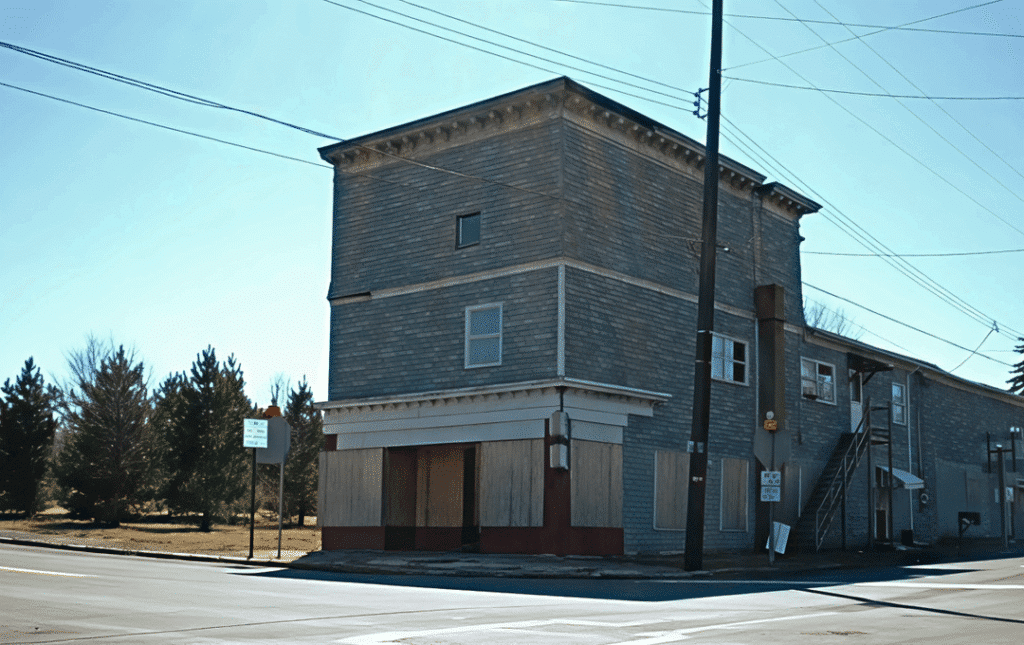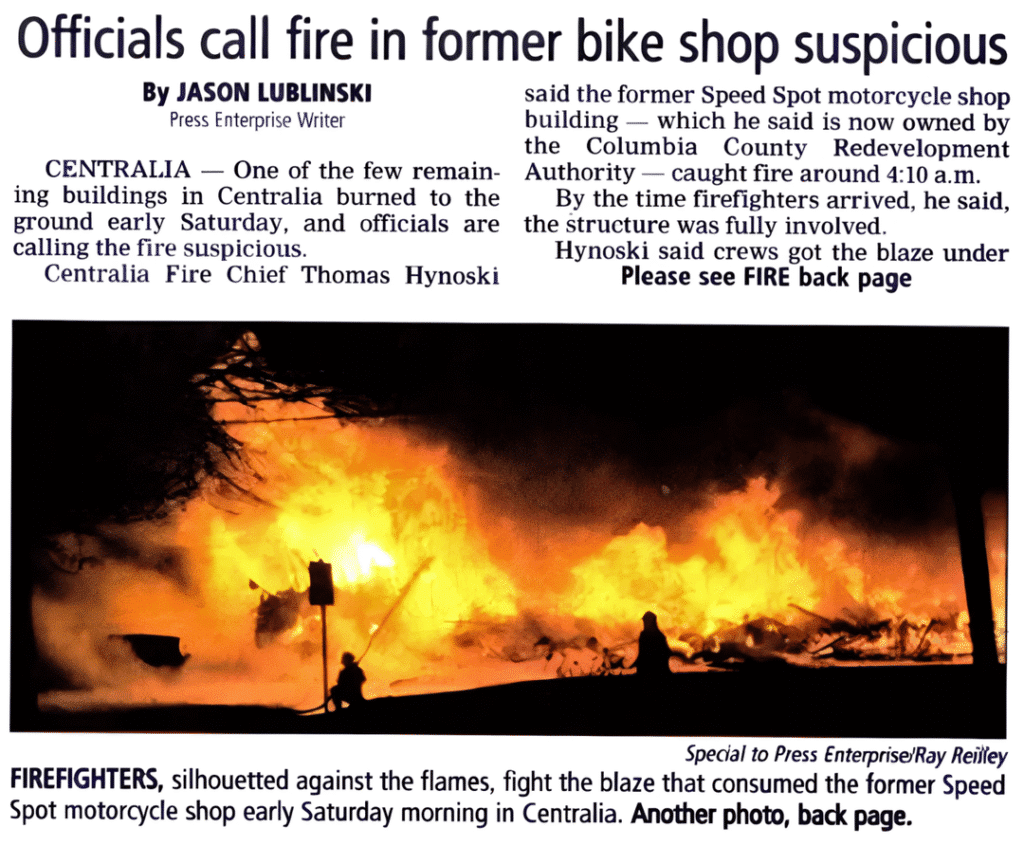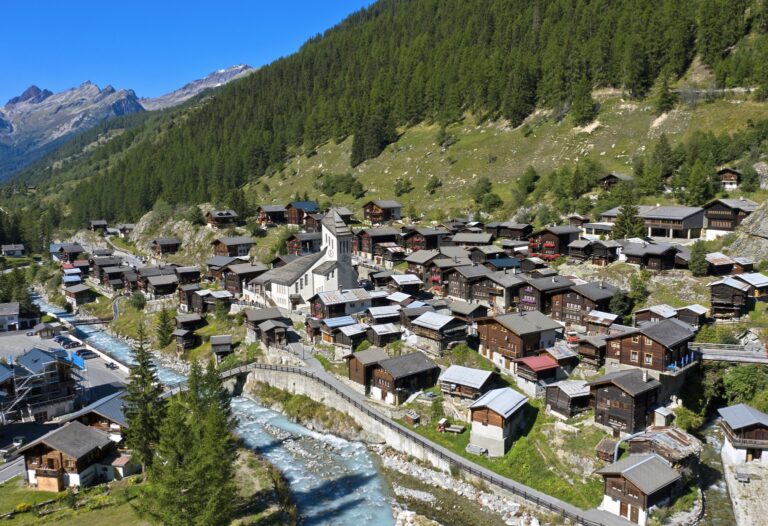Deep in Pennsylvania’s countryside lies what remains of the town of Centralia once a thriving coal-mining community, now a symbol of environmental disaster and urban decay. It wasn’t just abandoned; it was slowly consumed by underground fires that have been burning for decades. And in December 2002, the final chapter was written when The Speed Spot , the last functioning business in town, was destroyed by fire marking the end of any trace of human life in Centralia.


But what exactly was The Speed Spot? And why does Centralia still capture our attention today?
The Speed Spot – More Than Just a Shop
The Speed Spot wasn’t just a store it was one of the few remaining gathering places for the handful of residents who chose to stay in Centralia despite the smoke, sinkholes, and danger beneath their feet.
Originally built in the 1950s as a small diner, the building changed over time: from bakery to grocery store, and later even a restaurant and bar. But as the population dropped dramatically from around 1,400 people in the 1970s to fewer than 10 today The Speed Spot became a quiet testament to resilience until it turned to ashes.
Here’s a quick look at how The Speed Spot evolved through the years:
| Year | Use | Notes |
|---|---|---|
| 1950s | Small Diner | Opened as part of a local chain of stores |
| 1970s | Bakery & Grocery | Changed function as the population declined |
| 1990s | Restaurant & Nightspot | A final attempt to keep some life in the town |
| 2002 | Closed | Completely destroyed in the December fire |


What Caused the Fire — And Why Did It Happen?
Although no official cause was ever confirmed, investigations pointed to neglected maintenance , possibly combined with exposed wiring or gas leaks due to aging infrastructure weakened by underground fires.
But the bigger question remains: How did this building remain standing for so long in such a high-risk area? And why wasn’t more done to prevent something like this?
Here’s a breakdown of the main factors behind the fire:
| Factor | Impact |
|---|---|
| Underground Fires | Cracked foundations and damaged electrical systems |
| Infrastructure Decay | Increased risk of gas leaks and electrical faults |
| Lack of Oversight | No maintenance or safety checks for many years |
| Declining Population | Reduced government interest as the town emptied out |

Centralia Isn’t Alone – Ghost Towns Around the World
What happened in Centralia isn’t unique. Many towns across the globe have faced similar fates due to environmental damage, resource depletion, or catastrophic events:
| Location | Main Cause | Key Lesson |
|---|---|---|
| Pripyat – Ukraine | Chernobyl nuclear disaster | Importance of long-term emergency planning |
| Hashima Island – Japan | Depletion of coal reserves | Reuse of abandoned sites in smart ways |
| Demaria – USA | Water shortage | Need for sustainable resource planning |
| Centralia – USA | Underground fires | Clear policies needed for managing long-term disasters |
Engineering Challenges: How Do We Deal With Destroyed Cities?
Managing places like Centralia requires a careful engineering approach, including:
- Structural Stability Assessment : Can the remaining buildings still be used safely?
- Monitoring Toxic Gases : Like carbon monoxide leaking from deep underground.
- Cost vs. Benefit Analysis : Is it worth investing in rehabilitating such areas?
Here are some global examples of solutions being used in similar cases:

| Challenge | Proposed Solution | Global Example |
|---|---|---|
| Structural Stability | 3D laser scanning technology | Pompeii Ruins Project – Italy |
| Chemical Safety | Ventilation systems to release gases | Pecci Mine – Germany |
| Economic Cost | Turn site into tourist attraction or museum | Röthelheim Museum – Switzerland |
Lessons From Centralia
Centralia may seem like a story of failure, but it offers powerful lessons for planners, engineers, and policymakers:
- Predicting Long-Term Risks : How can we anticipate the effects of underground fires on climate and cities?
- Designer Responsibility : Should architects and engineers plan for scenarios where humans might disappear from certain areas?
- Documentation Over Reconstruction : Sometimes, the best way forward is to preserve history rather than try to rebuild it.
Will Centralia Ever Come Back to Life?
For now, the answer is no. But with advances in technology like geological cooling systems or carbon barriers the situation could change in the future. Until then, Centralia stands as a clear warning: some cities may be written out of existence before we even understand why they were there in the first place.
As climate change and environmental challenges grow, ArchUp continues to follow developments in architecture and urban design, documenting innovative projects that redefine how cities are built. Whether through rehabilitating threatened areas or using AI in city planning, the future belongs not just to those with resources, but to those with vision.







